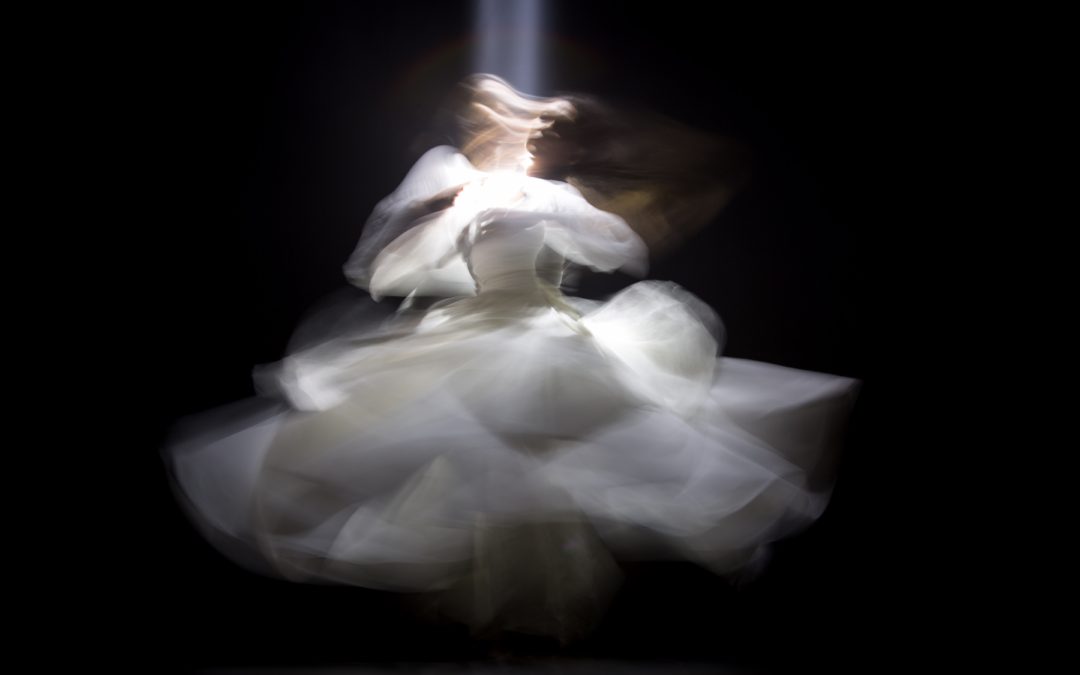There is a deep connection between meditation and creativity, as meditation creates the zone of silence necessary for creativity to flourish. Meditation is the process of tilling the soil and adding the manure. Creativity is the seed that you plant in the fertile ground. Without fertile ground creativity cannot flourish; without fertile ground imagination cannot happen, because you will just be reflecting on what has happened.
Let us take an example. Imagine you are angry for some reason; there is immense anger in you and you are overcome by this emotion. If I tell you to be creative and solve a problem, will you be able to do it? Of course not, because your whole body, mind, and energy will be invested in the process of anger. Everything will be completely taken over by that anger, so how will you be able to creatively express yourself?
This is the biggest challenge people face when they want to be creative, when they want to come up with something new. They could be a painter, a dancer, a singer, or a musician. Just ask them what their problem is with creativity. They will tell you that their problem is not to come up with something new, their problem is how to get rid of the old. You can ask any musician and she will tell you that her problem is not composing a new song. Her problem is how to stop hearing the same old song that she already composed; her problem is that every time she tries to compose a new song, there is an existing song that interferes in her creative process.
Meditation clears the thought process and opens up a zone of emptiness. This emptiness is not negative; rather, this emptiness is filled with aliveness. It is tremendously positive, and when you touch this zone of emptiness, creativity becomes a natural consequence.
Let me give you one example. When I was in India, I used to teach meditation to music and dance schools. I have always liked interacting with individuals who express themselves creatively because they can connect with meditation very well. They have already undergone the struggle to find their zone of creativity. I met a dancer once and just asked her to describe her process of dancing to me.
She was an Indian classical dancer, which is one of the most difficult dance forms. Indian classical dance is not just a dance; it is an expression. You have to bring out your emotions, your feelings. You have to really be in the moment to be able to express yourself. Also, Indian classical dance cannot be one hundred percent choreographed, which means that the dancers learn about fifty percent of the dance and the rest is improvised during the dance. So no two Indian classical dancers will ever perform in the same way. There will always be something different either in their expressions, in the way they move, or in the ways they communicate things.
So, the dancer was very popular in her time and had been dancing for almost thirty years. I asked her to tell me something about her dancing. She said, “Initially when I used to dance I was very self-conscious. I used to thoroughly learn the steps, but I didn’t like my dancing. I was able to perform the steps, but I was never able to bring in the rest. I was stuck with the idea of dancing, being there, and people looking at me—I was self-conscious.”
And then she said, “After a few years of dancing, after practicing, there came a moment when I realized that I was not the dancer.” From that point onward, she spoke about her experience of dancing like the way a mystic speaks about his meditative experience. She spoke like an awakened person, an enlightened person. She said, “When I enter that zone, I don’t know what is happening. I mean, the body dances by itself, it moves by itself. Initially, I can sense that there is an audience, that my body is there, I am dancing, and they are watching. Then, slowly I disappear and something in me takes over the dance. Afterward, when the dance is complete, I bow down and do the Namaste and the crowd starts shouting. That’s when I come back.” She said that all of her dance was performed by somebody else, not her.
She is telling the truth; a meditator knows this. Creativity is not something that you do, it is something that you allow to happen to you. That creative spark comes from the source of consciousness, from the source of divinity—it is not manmade. In art, music, and literature we are only vehicles. We are not the possessors of this creativity. The creativity is there. If we can just allow ourselves to be empty, then it will come flooding in.
When the dancer was not thinking about the audience, when she was not thinking about the body, when she was not thinking about the steps, she became so empty, so hollow, that this other force just came in and made her dance. It is the same with painting, music, and writing. In fact, there are so many writers who have said that the more they keep thinking about themselves as writers the more difficult it is to write. Because when they think about themselves as writers there is too much fear: the fear of rejection, not being able to express what they want to express, and the fear of not being good enough.
The moment you leave the creative process to existence and just surrender, you do not even have to do anything. This surrendering process happens through meditation. And that is why meditation connects all artists, all creative people in one stream. Meditation can take you to that zone of emptiness. From there, creativity is a natural consequence.
Share with friends

